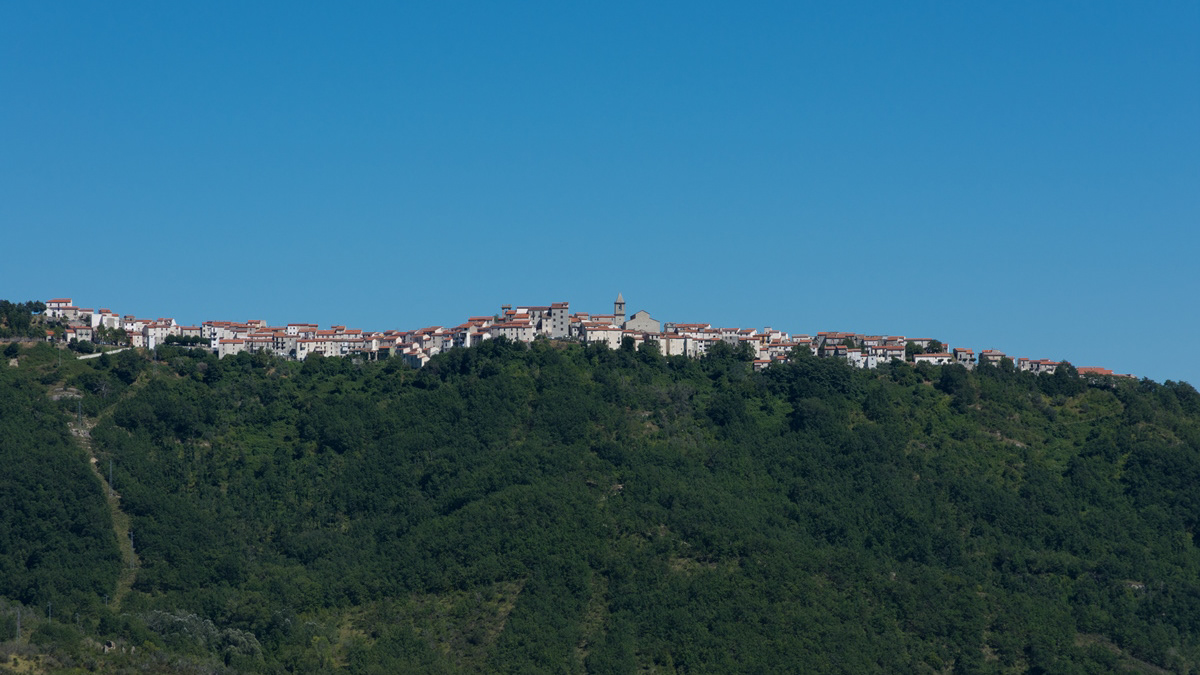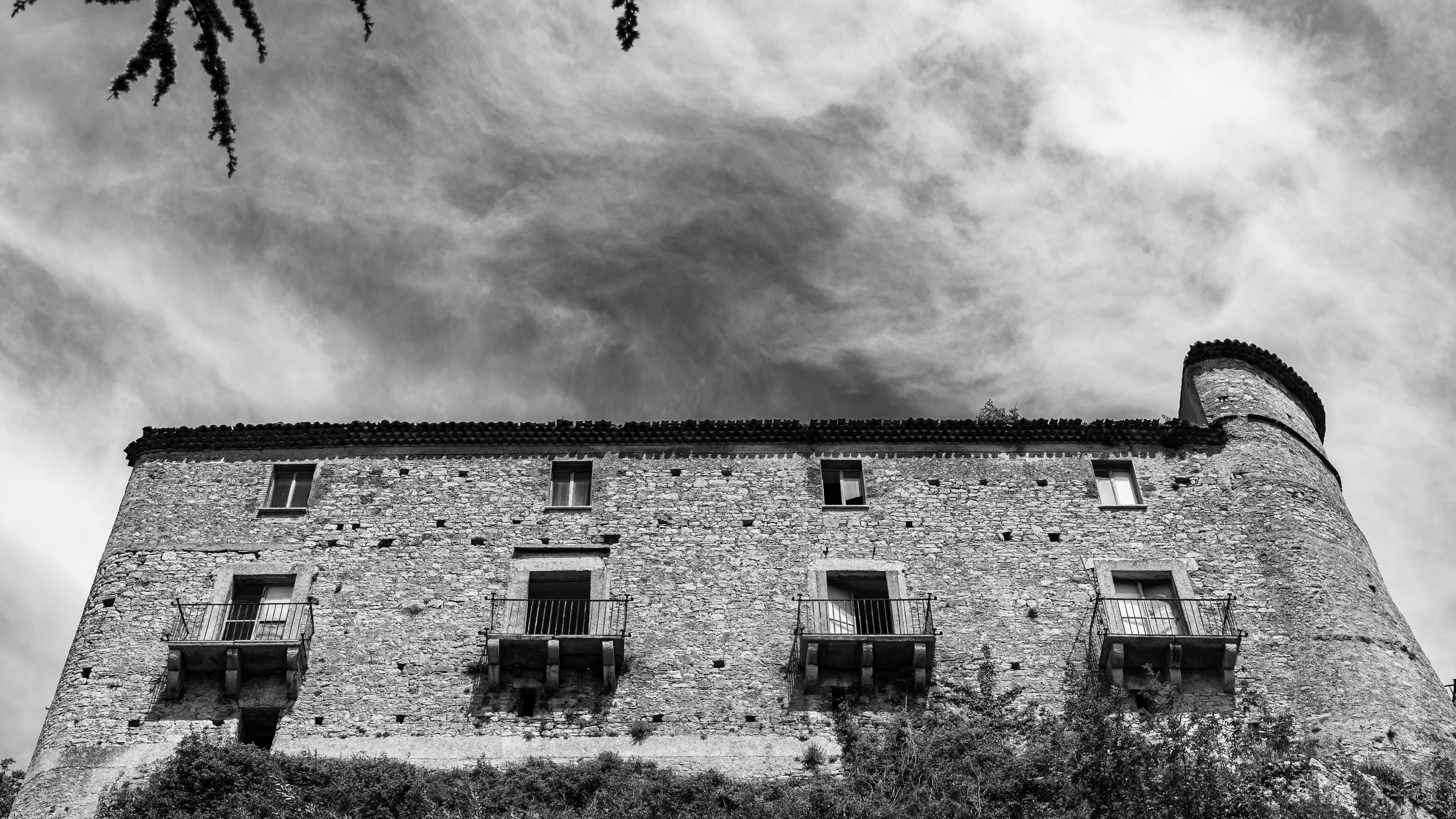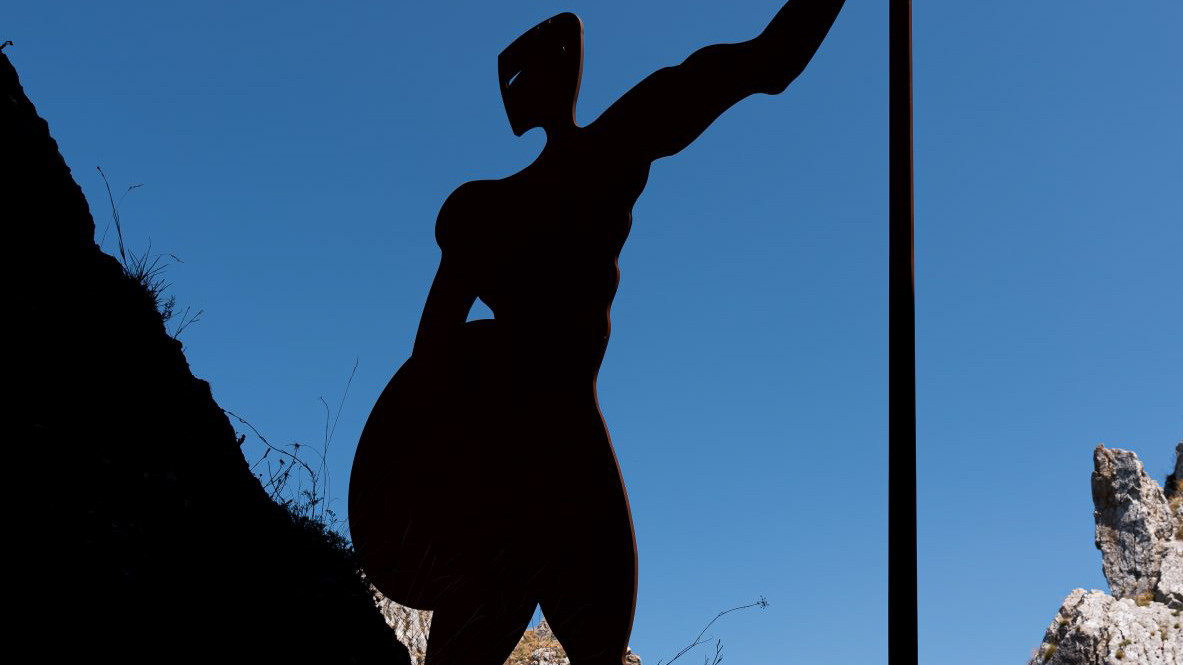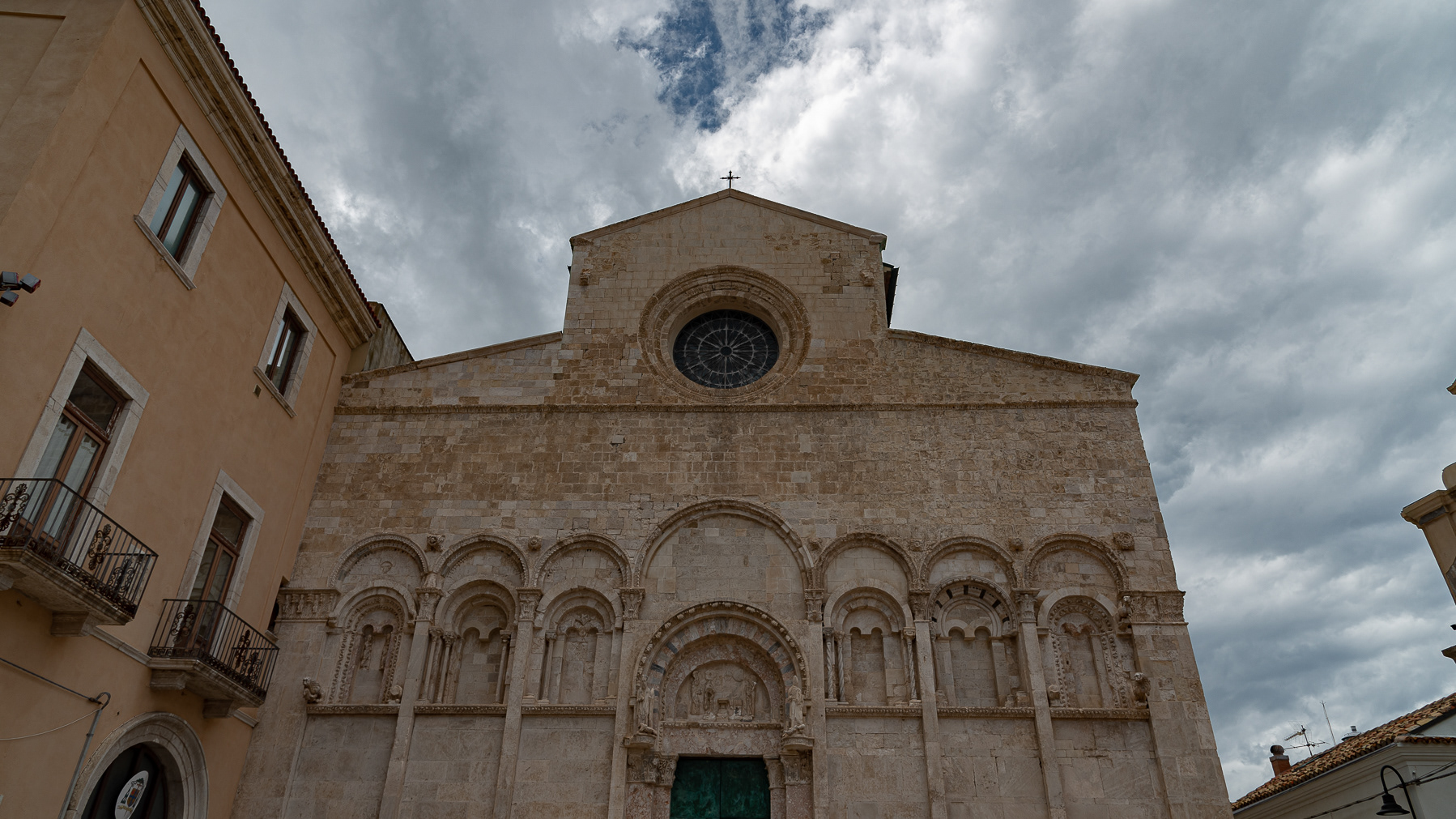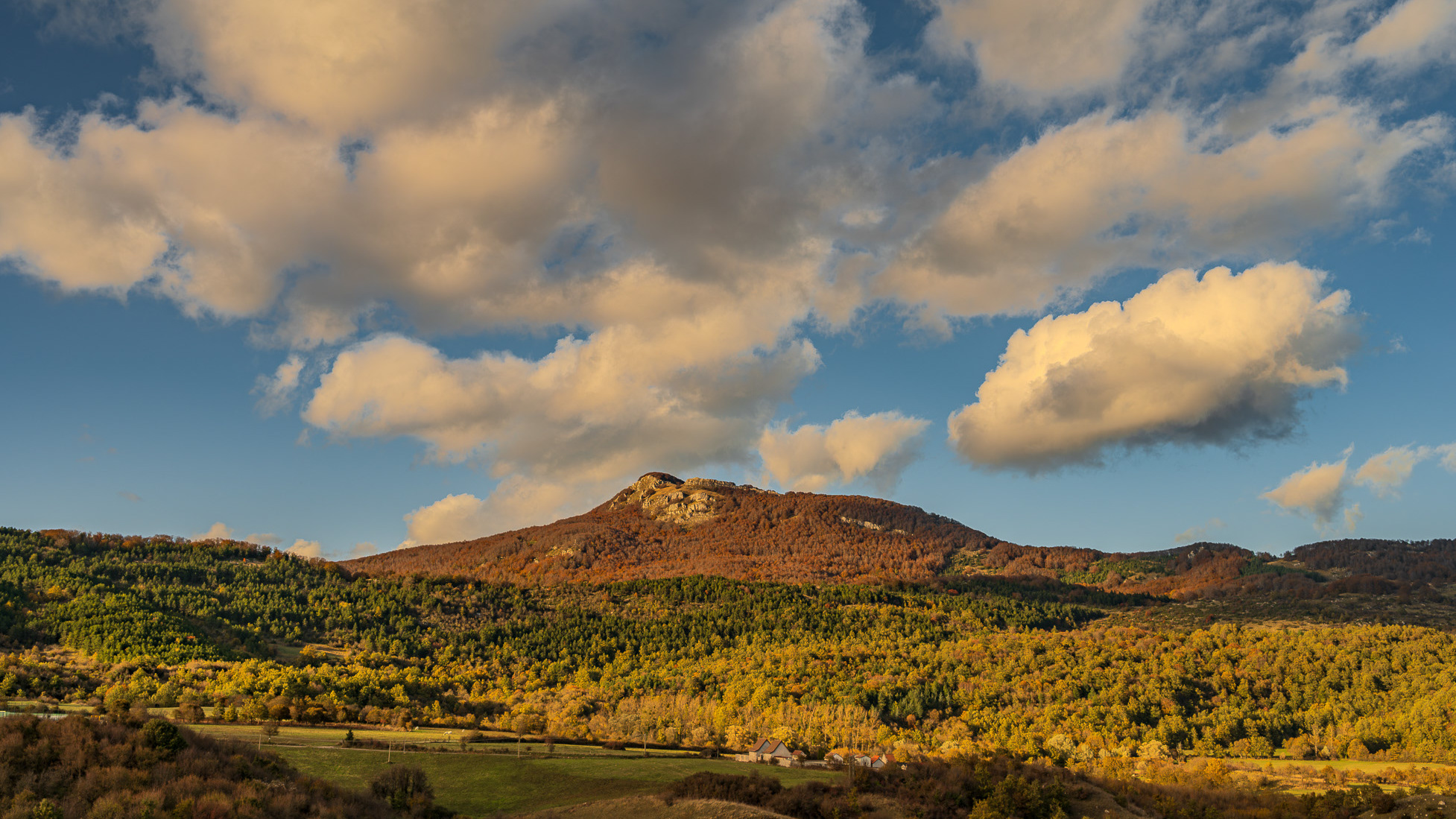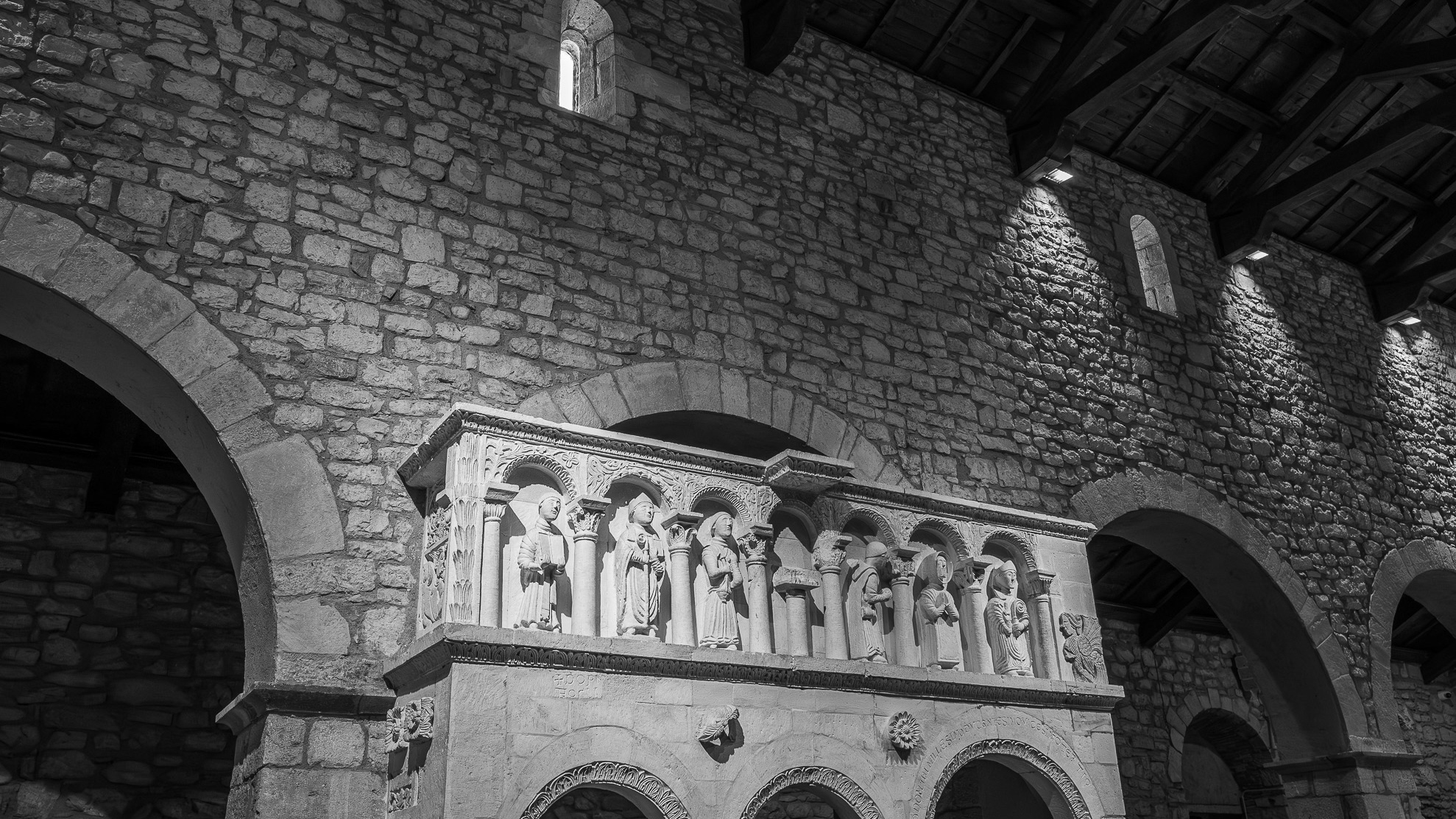Molise - Pietrabbondante (IS) Il Teatro Italico
Il teatro e tempio italico di Pietrabbondante fanno parte di una vasta area archeologica ricadente nel territorio comunale di Pietrabbondante, in provincia di Isernia, nella regione Molise. Ubicati a circa m. 966 di altitudine s.l.m. essi occupano un ripido declivio che si affaccia sulla valle del Trigno, in località Calcatello, a circa un chilometro di distanza, in linea d'aria, dalla vetta del monte Saraceno. La zona non è attraversata da alcun tracciato stradale di grande comunicazione; sono individuabili tracce di un antico sentiero esistente tra il moderno abitato di Pietrabbondante ed il vicino monte Saraceno, già praticato in antico, una direttrice stradale che ancora oggi segue l’andamento del ripido pendio e, costeggiando il lato orientale del monte, rappresenta l’unica via di accesso all'area fortificata posta in vetta. L’area sacra rappresenta, per le sue caratteristiche architettoniche e per la sua monumentalità, la testimonianza archeologica di maggior rilievo della cultura della popolazione italica dei Samnites Pentri, e la sua esplorazione sistematica ha consentito di ricostruire le vicende storiche del territorio attraverso i secoli ed ha fornito una quantità rilevante di dati sul più importante luogo di culto dello stato sannitico.
You may also like

